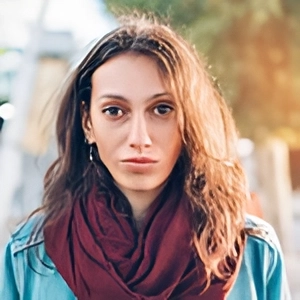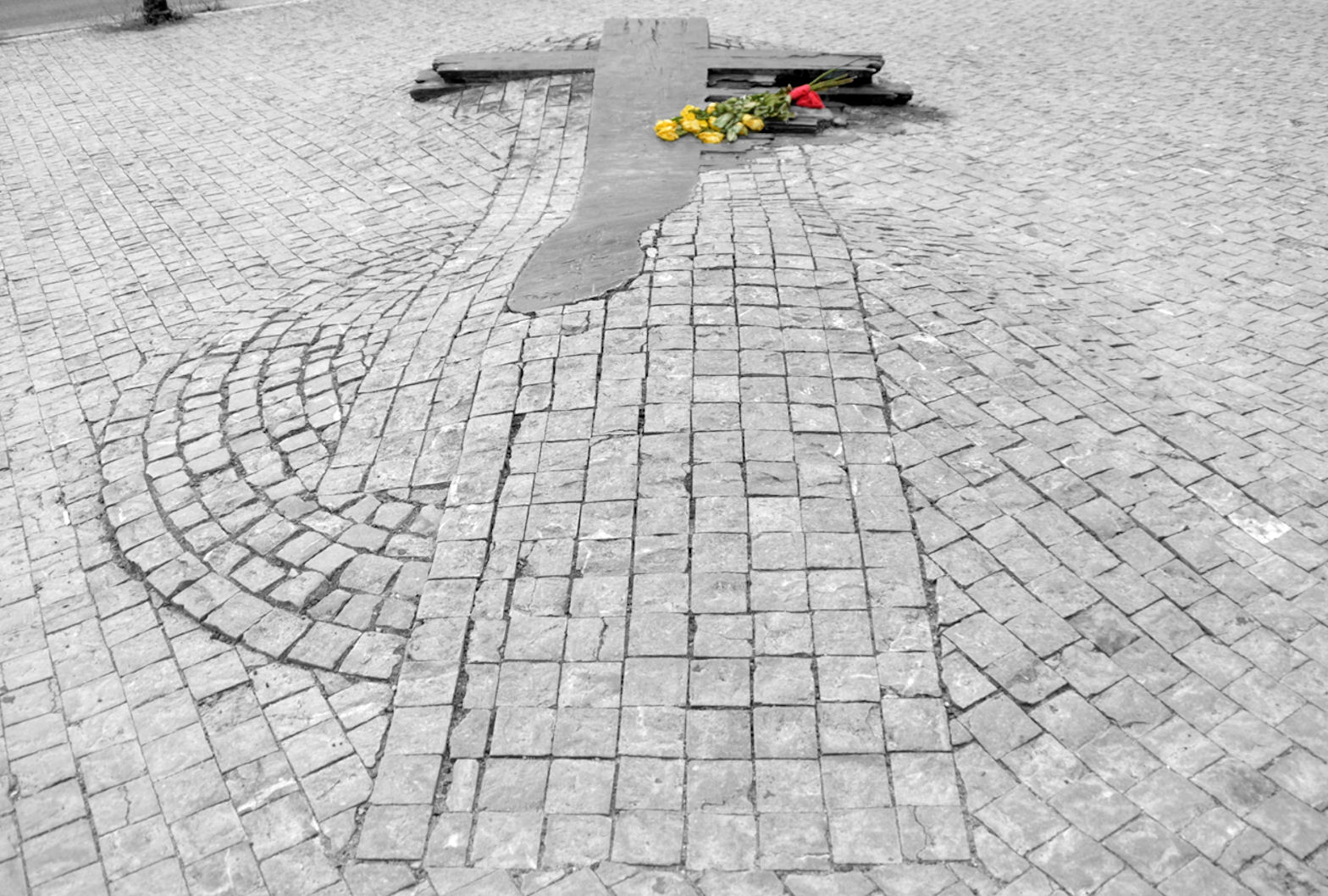On January 16, 1969, Charles University philosophy student Jan Palach set fire to himself in front of the National Museum on Wenceslas Square in protest against the Soviet occupation of Czechoslovakia. Three days later he died in a Prague hospital, but his legacy and the narrative surrounding those events have lived on in films, television series, and books.
This year commemorates 50 years since Palach’s death. A number of vigils and memorials will take place throughout Prague including the opening of an exhibition on January 16 (Jan Palach 1969/2019) at Wenceslas Square. The exhibit will showcase historical research from recent years and is co-authored by historian Petr Blažek who recently revealed that Palach may not have been the sensitive pacifist portrayed on film but a fighter prepared to take action.
Aktualne.cz is reporting that Palach, who arrived in Prague on the day of the August occupation had a gun — and he was planning to use it. The article cites Blažek’s research which draws on testimony from Palach’s classmates who say that he was prepared to use the weapon against Soviet soldiers in 1968.
The existence of the weapon was later confirmed by Palach’s older brother Jiří who said that following his brother’s death, he learned that a Browning pistol had at one time been hidden in the Palach home.
Blažek helped compile many of the documents and photos now available at www.janpalach.cz, a Charles University multimedia project that can be viewed in several languages, including English. Here you can also see a list of Jan Palach memorials in the Czech Republic and around the world and find 50th-anniversary events taking place in Prague in 2019.
In the end, Palach’s friends discouraged him from using the gun. His ultimate act would prove just as, if not more, radical. Jan Palach’s funeral was attended by tens of thousands of people on January 25, 1969. Years later, in January 1989, demonstrations taking place during “Palach Week” would signal the fall of totalitarianism.
In addition to the opening of the Jan Palach exhibition, a silent march from Wenceslas Square to Old Town (beginning at 16:45) is planned by the Milion Chvilek initiative.
On January 18, Kampa Museum will open the exhibition The Power of Action, Jan Palach and Jan Zajíc in the Arts in 1969-1989. Admission is free until 21:00.
Other notable happenings related to the 50th anniversary: the Jan Palach biopic by director Robert Sedláček, released last summer, is out on DVD tomorrow. It was also recently announced that the house where Palach grew up (in the town of Všetaty, Central Bohemia), is due to open as a museum in August. A proposal by Prague City Hall to turn the former hospital on Legerova Street where the Czech martyr died into a “museum of totalitarianism” is currently being discussed.












 Reading time: 2 minutes
Reading time: 2 minutes 





















